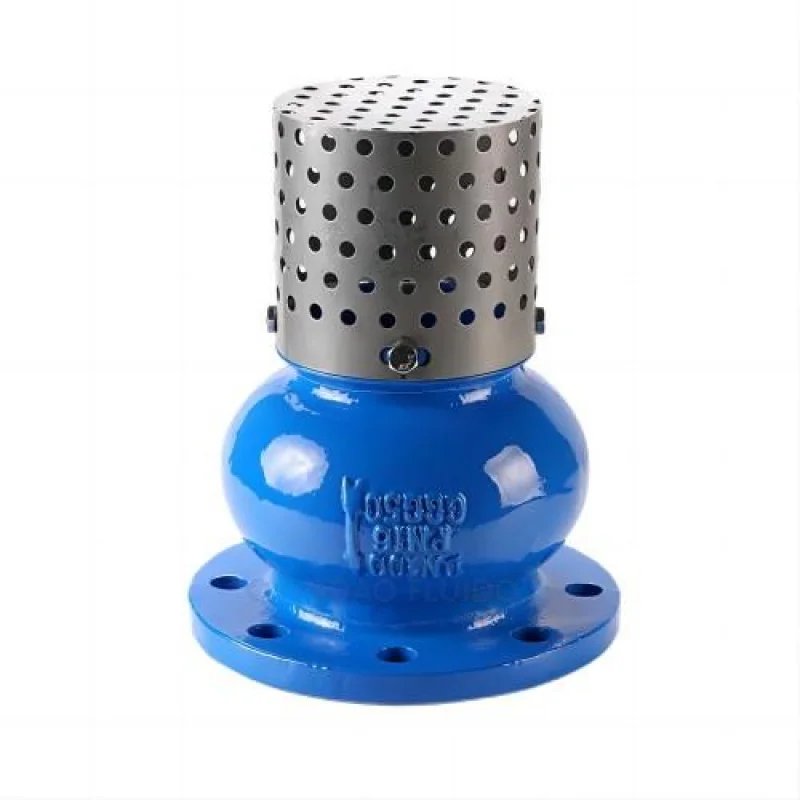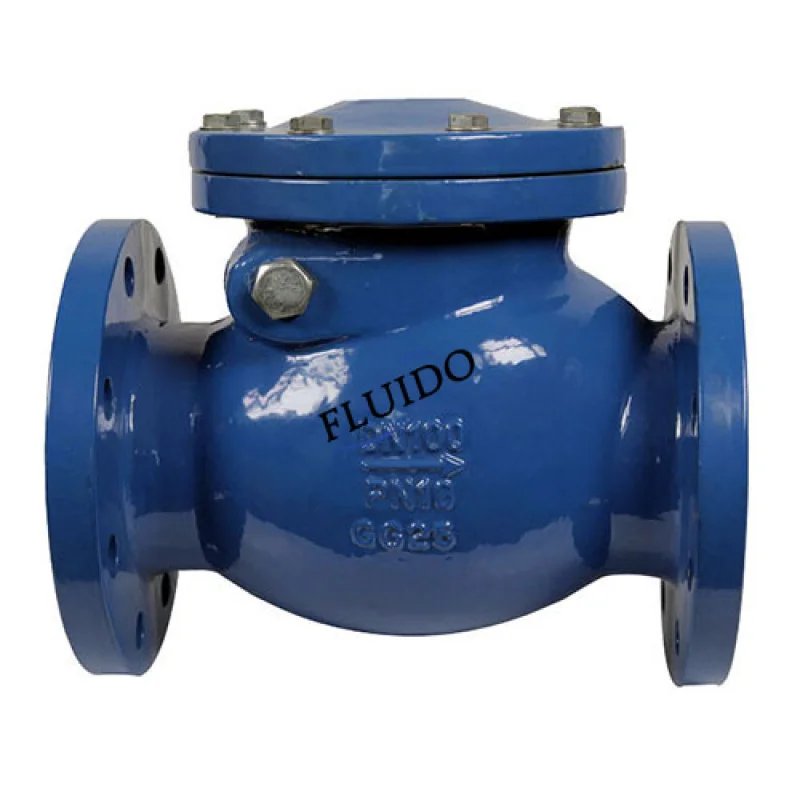Export Office: 21Floor, No.5 Nanhai Zhi Road,Qingdao, Shandong ,China
Work Shop: Beian Industrial zone, Qingdao,Shandong,China
+86 532 88550858
Martin
Inquiry now
At first look, foot valves and check valves might seem similar—they both control flow automatically to stop backflow, protecting pumps and pipes from harm. But small yet important differences in their build, materials, setup, and uses make them distinct.
FLUIDO, a trusted manufacturer with over 25 years crafting steel valves, pipe fittings, and flanges, offers swing check valves that meet API 6D and ASME B16.34 standards, providing strong solutions for tough settings. Let’s dive into why these valves are key and how to pick the right one.

To understand the foot valve vs check valve debate, let’s start with the basics. Both are passive, one-way devices that work based on system pressure, needing no manual control. Check valves—sometimes called clack, non-return, or one-way valves—have two ports: one for media like liquids or gases to enter, and one for it to exit. They open when forward pressure beats the "cracking pressure," the smallest force needed to push past things like gravity or springs. If inlet pressure dips or backpressure grows, the valve shuts fast, blocking reverse flow.
Foot valves work the same way but are made for pump suction lines. They have a built-in strainer at the inlet to catch debris while letting flow go one way. Like check valves, they use cracking pressure to start—often low, around 0.5-2 psi for water—to keep pumps primed smoothly. Both designs aim to reduce pressure loss during flow. But picking the wrong one can cause problems like water hammer, pump cavitation, or dirt buildup.
For example, in a chemical plant, a check valve might stop harsh backflow from damaging equipment. Meanwhile, a foot valve at a well pump’s suction line keeps debris out. FLUIDO emphasizes this in their products. Their swing check valves have anti-rotation discs and renewable seat rings for long life in horizontal setups.
While they share traits, foot valves and check valves differ in design tweaks for specific tasks. Let’s break down the main differences: build, materials, setup, and threading. These affect costs, upkeep, and system reliability, especially in fields like oil & gas, water treatment, and HVAC.
The biggest difference? A foot valve has a screen or strainer at its inlet. This mesh, often made of stainless steel or bronze, stops big particles like sand or sediment from entering the valve and pipes downstream. In submerged setups like well pumps, this prevents disc sticking or clogs, which could break pumps or cause pricey downtime. Check valves don’t have this strainer, so they’re not suited for dirty media. They’re built for clean flows, with parts like swing discs or lift pistons designed for smooth, low-turbulence movement.
FLUIDO’s check valve lineup shows this clearly. Their swing-type models use bolted bonnet caps (BB) and non-penetrating disc shafts for easy checks and leak-free work, but no strainers to save costs for inline use. Both valves come in types like lift, swing, or butterfly. But foot valves focus on filtering over flexibility. For example, a ball foot valve uses a round element for self-cleaning, while a ball check valve aims for low cracking pressure for tight control.
The environment shapes material choices. Foot valves, often submerged in water or harsh fluids for long periods, need strong rust protection. Common picks include PVC for light chemical resistance, sturdy cast iron for toughness, bronze for marine use, and stainless steel (like 304 or 316 grades) for tough media. These hold up under constant soaking, meeting standards like EN545 for ductile iron fittings.
Check valves have more options since they’re not always underwater. Besides the above, they use carbon steel for high-pressure oil lines, forged steel for extreme heat (up to 400°C), or brass for drinking water systems. FLUIDO shines here, offering cast iron, brass, stainless steel, carbon steel, and forged steel check valves matched to ASME B16.5 flange ends or API 6D specs. Their ties with Shandong and Hebei factories provide one-stop sourcing for varied material needs, all SGS-ISO9001 certified. Simply put, foot valves focus on rust-proofing; check valves prioritize flexibility.

Pump systems show setup differences. Both stop backflow into wells during shutdowns, keeping pumps primed. For jet pumps, foot valves go at the submerged end of the suction line, using gravity to close. Submersible pumps attach them right at the inlet for compact designs. Check valves can go in similar spots but also work elsewhere: inline on suction lines in deep wells to fight hydrostatic pressure, or after pumps toward pressure tanks to separate parts.
In shallow systems, a check valve might sit between the jet pump and tank, also acting as surge protection. Beyond pumps, check valves work in any backflow-risk area, like compressor outlets or chemical dosing lines. Foot valves? They’re only for suction line ends.
In engineering drawings, clear symbols are vital. P&ID symbols make communication standard. A check valve shows as a bowtie or flared line with an arrow for flow direction—simple and universal per ISA-5.1. The foot valve symbol adds a strainer icon (a crosshatched circle) at the inlet to show filtration.
Aspect | Foot Valve | Check Valve |
Design | Has inlet strainer to catch debris; good for dirty media. | No strainer; made for clean, smooth flow. |
Material | Limited to rust-proof options like PVC, cast iron, bronze, SS. | Wider range: brass, carbon steel, forged steel for varied pressures/temps. |
Application | Suction lift in pumps/wells; stops priming loss. | Broad backflow prevention in pumps, pipelines, processes. |
Installation | Only at suction line end; submerged setups. | Flexible: inline, end-line, or mid-system. |
Threading | Outlet only; fixed position. | Both sides; easy to integrate. |
A foot valve has a built-in strainer to protect submerged pump inlets from debris, while a check valve lacks this for general inline backflow control.
Yes, but only if the media is clean—otherwise, solids might jam it open, risking system failure.
As a top manufacturer, FLUIDO provides one-stop sourcing via Shandong and Hebei factory partnerships, tailoring ductile iron foot valves for waterworks or forged steel check valves for oil & gas. Enjoy fair pricing, thorough pre-shipment testing, and quick global delivery to keep your projects running.
Ready to improve your fluid systems? Contact FLUIDO for a free quote, drawings, or samples. Reach Export Manager Martin at info@fluidovalve.com.
Export Office: 21Floor, No.5 Nanhai Zhi Road,Qingdao, Shandong ,China
Work Shop: Beian Industrial zone, Qingdao,Shandong,China
+86 532 88550858
Martin
© 2020 Qingdao Fluido Industrial Co.,Ltd. All Rights Reserved. Qingdao fluido valve

